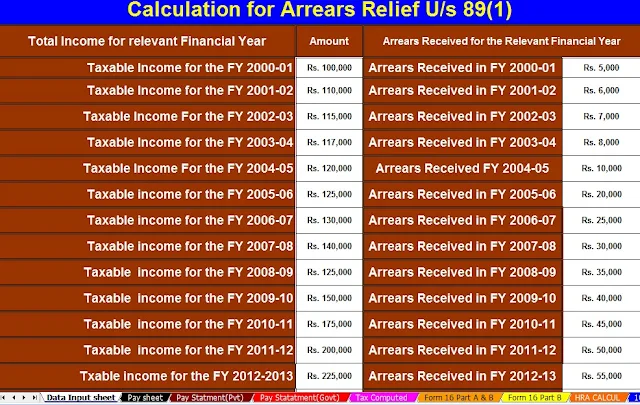Budget Impact on the Salaried Class
Budget 2018 is rolled out and how! Mixed feelings for most people, except for the salaried class. The budget has not made any changes to the tax slabs of salaried individuals, leading them to sing the blues, in a chorus. Given the pattern from the last few years, there were similar expectations this year too. Even though that did not happen, the Finance Minister has proposed to reintroduce the “standard deduction” from the gross salary of individuals.
The amount of standard deduction proposed to be Rs 40,000, will replace the existing transport allowance of Rs 1600 per month and medical allowance of Rs 15,000 per annum which are usually deducted from the gross salary and claimed as an exemption. So, no changes in tax slabs is not a total loss, since the standard deduction of Rs 40,000 will replace medical allowance of Rs 15,000 and a transport allowance of Rs 1600 per month i.e. Rs. 19,200 per annum, so the effective additional benefit would be an additional income exemption of Rs 5,800.
Furthermore, FM Jaitley proposed to hike the cess by 1%, in the name of Health Cess, making it effectively 4% ‘Health and Education Cess’. As of now, an education cess of 3% was levied on personal income tax, after the budget announcement it soared high to a 4%. While this move may help the government in meeting the healthcare and education needs of the rural families, it is certain that the tax liability of both individuals and corporate will increase.
Let’s have a look at the tax proposals made in the Budget 2018 for the Salaried Class
The Income Tax Slabs for the Assessment Year 2019-20 would continue to be as follows
For Individuals (resident or non-resident) upto 59 years
|
|
Upto 2,50,000
|
NIL
|
2,50,001 – 5,00,000
|
5%
|
5,00,001 – 10,00,000
|
20%
|
10,00,001 & Above
|
30%
|
For resident individuals who are 60 years and above but below 80 years
|
|
Up to 3,00,000
|
NIL
|
3,00,001 – 5,00,000
|
5%
|
5,00,001-10,00,000
|
20%
|
10,00,001 & Above
|
30%
|
For resident individuals who are 80 years and above
|
|
Up to 5,00,000
|
NIL
|
5,00,001 – 10,00,000
|
20%
|
10,00,001 & Above
|
30%
|
Surcharge too has not undergone any change from that of AY 2018-19
Income from Rs 50,00,001 – 1,00,00,000
|
10% of tax
|
1,00,00,001 & Above
|
15% of tax
|
In a nutshell:
- A resident individual is entitled to rebate u/s 87A if his total income does not exceed Rs. 3,50,000. The amount of rebate shall be 100% of income-tax or Rs. 2,500, whichever is less
- ‘Health and Education Cess’ charged at 4% replaces ‘Education Cess’ and ‘Higher & Secondary Education Cess’ earlier charged at 3%
- A Standard deduction of Rs 40,000 from the taxable Salary replaces the transport allowance and the miscellaneous medical Reimbursement. This will result in an additional income exemption of up to Rs 5,800





